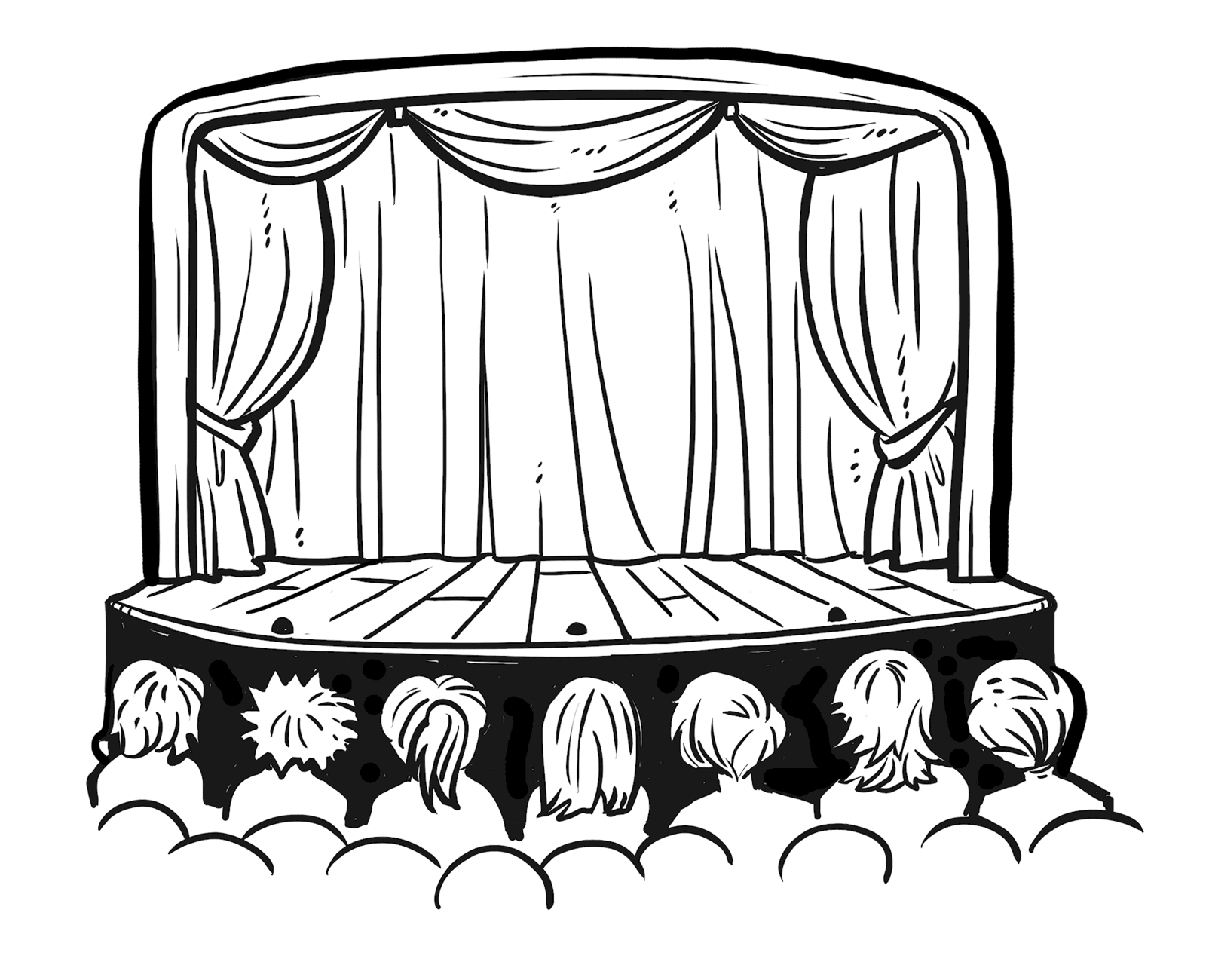The Psychology of Business Storytelling
Stories can have a profound impact on people, changing attitudes and opinions. They have the potential to touch and inspire people thanks to certain psychological processes taking place in the human brain when we encounter stories. If this is true, surely the use of stories in the corporate world can have a significant impact on consumer behavior and decision making too. Let’s examine the psychology behind business storytelling.
Neurological Processes
It all has to do with chemical processes taking place as we experience a story. Even though we know what we are watching (or hearing) is fictional, our brains simulate the emotions of the characters and we begin to feel those emotions too. This leads to more empathy and ultimately affects our own attitude and actions.
 Firstly, the element of an effective story that grabs attention, usually an issue or problem that needs to be overcome, causes the release of the stress hormone cortisol. There is an excitement that goes hand in hand with this which captivates us.
Firstly, the element of an effective story that grabs attention, usually an issue or problem that needs to be overcome, causes the release of the stress hormone cortisol. There is an excitement that goes hand in hand with this which captivates us.
For a story to capture and keep the target audience’s attention it is necessary to continually increase the tension in the story. Moments of tension prompt physical and psychological reactions in the body. For example, heart rate increases, breathing speeds up and the stress hormones are released. The release of these hormones makes all the difference in human attitudes and subsequent behaviors.
Next, as we identify more with the protagonist, oxytocin is released which results in empathy with the character. We see ourselves in the character’s situation and we are transported into the world of the character. This prompts us to truly care about the outcome! Finally, a satisfying outcome will have a profound effect on the target audience: the release of dopamine will leave us feeling great! When the characters experience a positive resolution, we too feel satisfied and rewarded.
And so, a compelling story captures attention. It keeps that attention. And it then also transfers the audience into the world of the characters. Ultimately, it satisfies. It also seems that compelling stories engage the brain more deeply. Consequently, the story’s message will be better remembered by the target audience.
Stories in the Corporate World
So, the release of certain hormones draws one into a story and helps one to emotionally connect with the characters in the story. We begin to feel what they feel, think what they think, and experience what they experience as we are transported into their world. Narratologists (those who study narrative structures and the ways that these affect human perception) call this “transportation”.
 So, what does “transportation” mean for business storytelling? It means that the stories told in marketing campaigns, in corporate training, or in any other business field can transport the target audience into the world of certain characters and result in desired outcomes. Perhaps the aim is to convince the consumer that a product or service is essential in satisfying certain needs. This can be achieved through an effective story with characters and situations that the target audience can identify with. As they mentally experience the life of the character they too will be convinced that they can benefit from a certain product or service. The ultimate outcome is likely to be decision-making that takes the consumer further down the sales funnel. If the protagonist in a compelling story is a happy customer, the consumer in your target audience will also feel the urge to lay hands on that great product!
So, what does “transportation” mean for business storytelling? It means that the stories told in marketing campaigns, in corporate training, or in any other business field can transport the target audience into the world of certain characters and result in desired outcomes. Perhaps the aim is to convince the consumer that a product or service is essential in satisfying certain needs. This can be achieved through an effective story with characters and situations that the target audience can identify with. As they mentally experience the life of the character they too will be convinced that they can benefit from a certain product or service. The ultimate outcome is likely to be decision-making that takes the consumer further down the sales funnel. If the protagonist in a compelling story is a happy customer, the consumer in your target audience will also feel the urge to lay hands on that great product!
The same can be said for training videos. Those stories that place employees in situations where they can identify with colleagues and/or customers can give them a greater understanding and an enhanced awareness of expectations – thus teaching them effectively how to act in certain situations.
And so, it turns out that business storytelling is tied to the release of neurochemicals that can be greatly beneficial in the corporate world!
